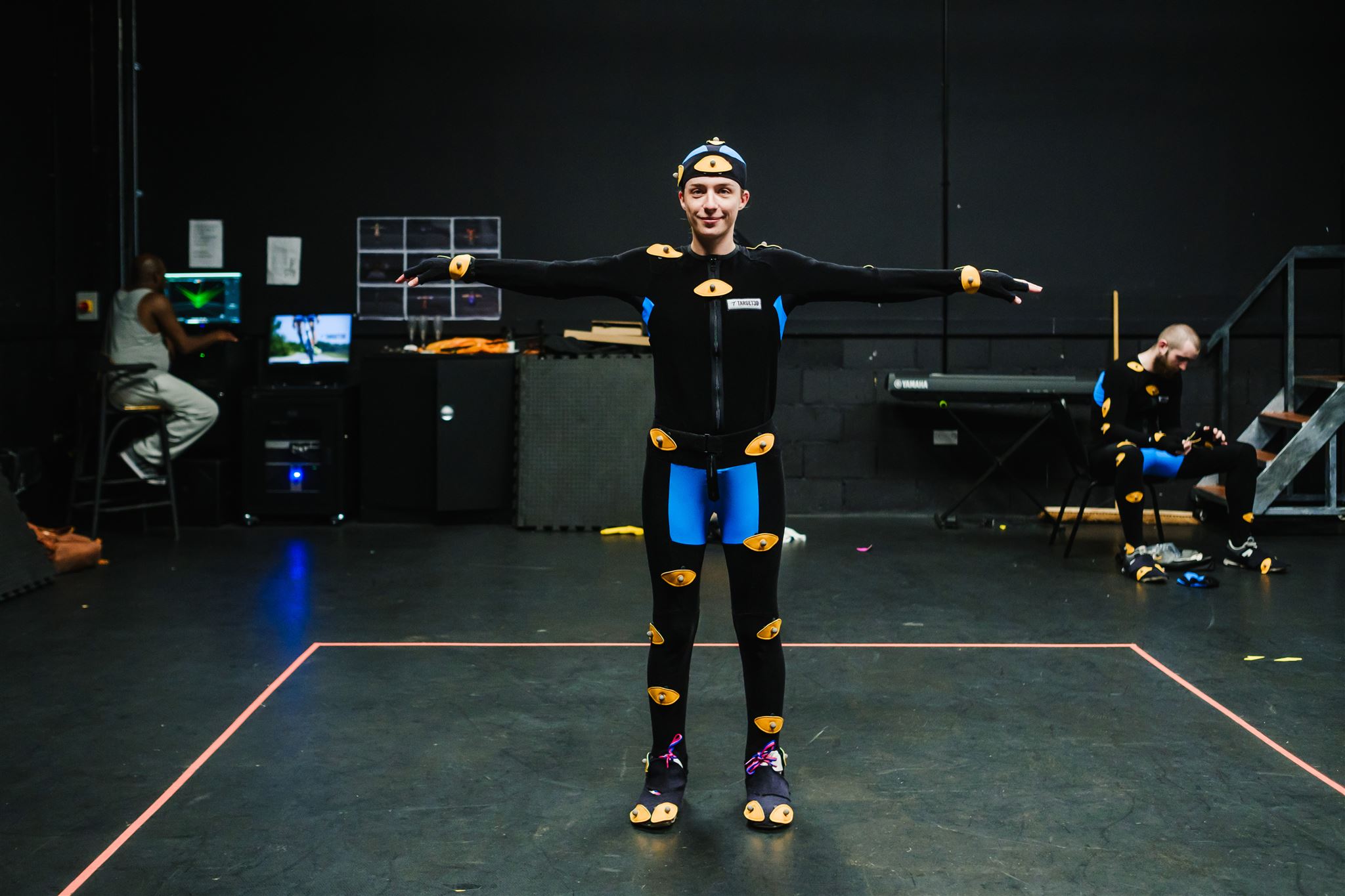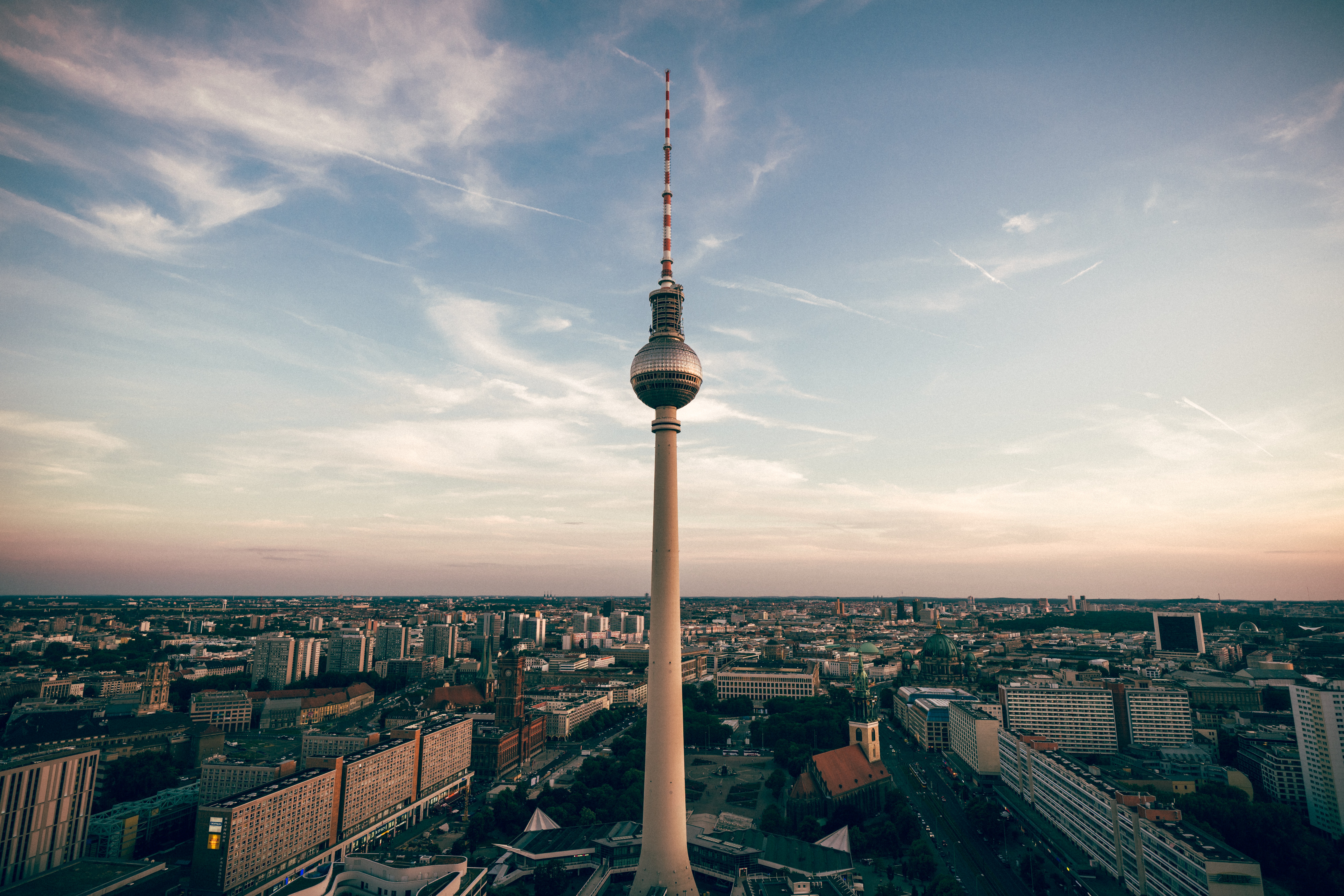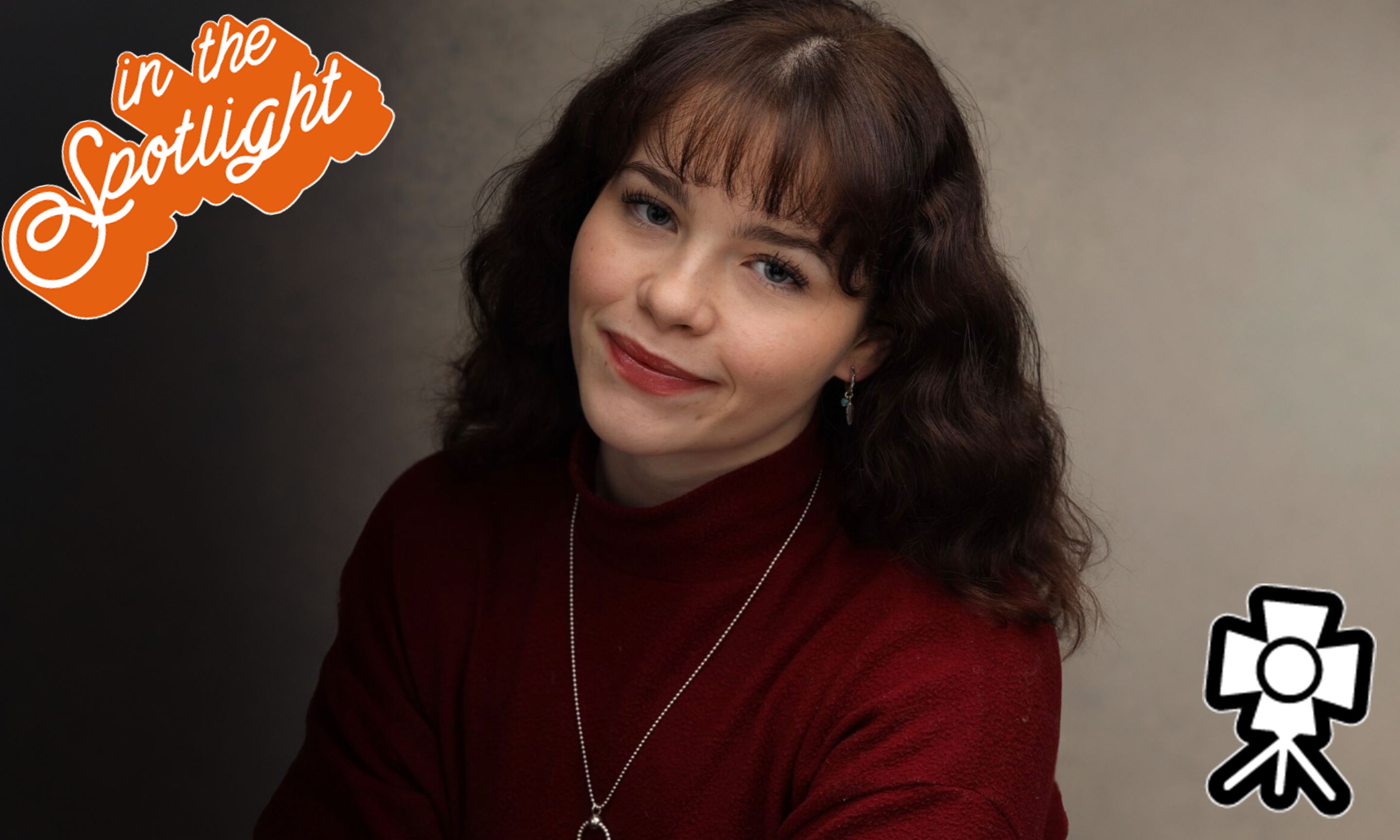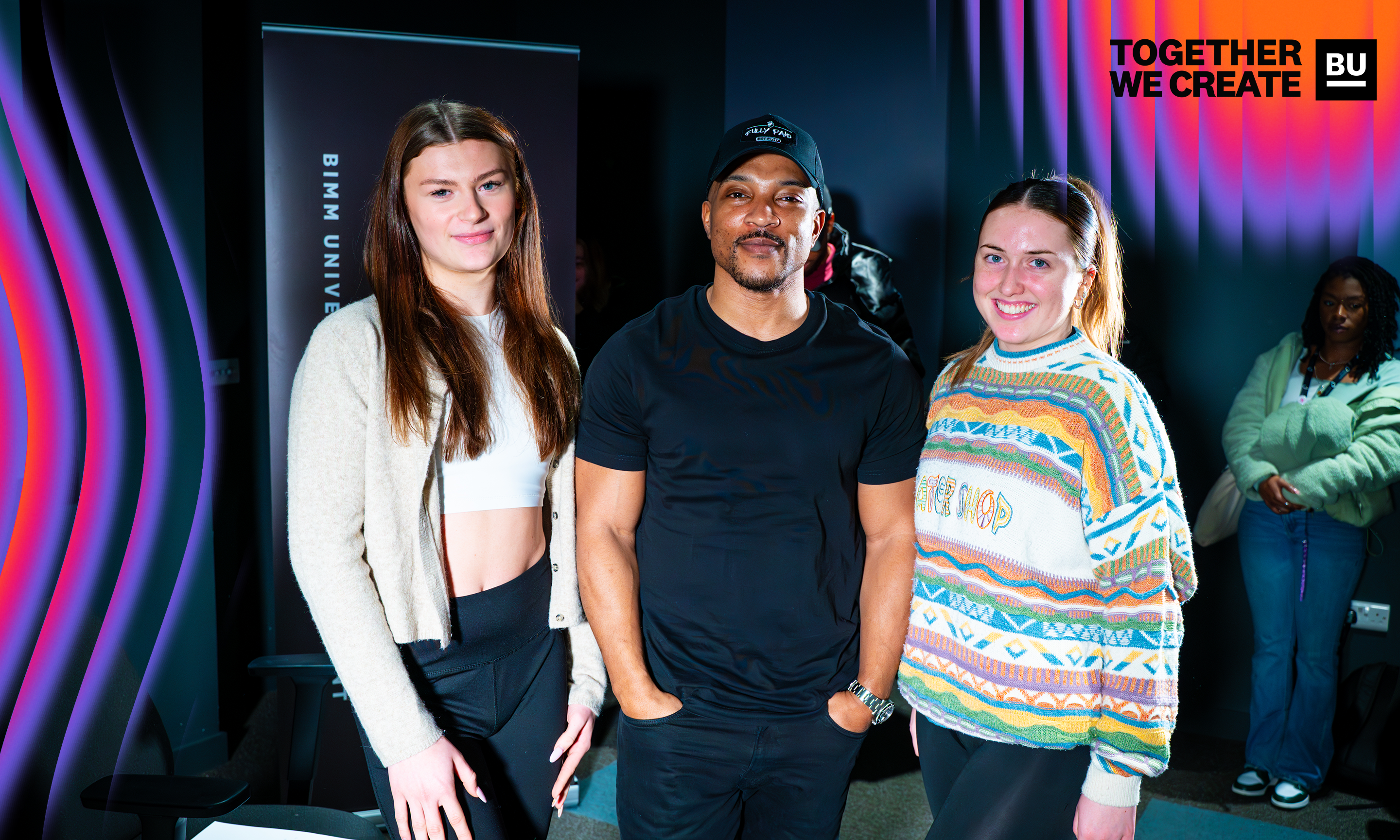Motion capture technology has become ubiquitous in modern filmmaking, allowing creators to bring fantastical digital characters to life with unprecedented realism. From Thanos in Avengers: Endgame to Gollum’s shoulder-hunching physicality in The Lord of the Rings and de-aging in films like Scorsese’s The Irishman, many of cinema’s most memorable CGI characters in recent years were made possible through motion capture performance.
Whether at Performers College or ICTheatre, our aspiring actors undergo motion capture training using state-of-the-art software and facilities. But what is motion capture, and why is it so important for modern actors to learn this performance style?
We caught up with Lee Payne, a motion capture expert and lecturer at our ICTheatre Brighton campus, to find out more.
WHAT IS MOTION CAPTURE?
Motion capture, or mocap, is the recording and digitisation of a physical body’s movement, and the translation of this movement into a 3D digital performance. Specialised cameras or sensors track the motion of an actor, who is wearing a skin-tight suit covered in markers or sensors. These sensors capture the precise movements and positioning of the actor and translate them to a computerised skeleton, which animators can then overlay with a digital character skin or model.
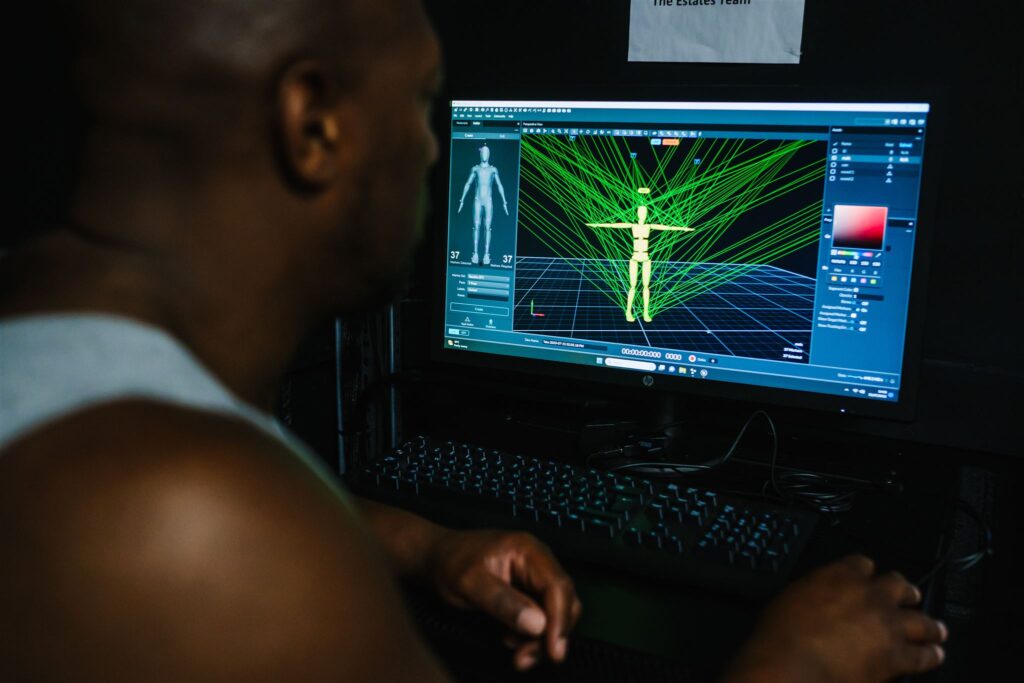
The mocap data allows us to inject those realistic human movements into computer-generated characters in movies, video games, animations, and more. We’ve seen incredible examples in films where the digital characters are computer generated yet move just like the human performer, such as Caesar in Planet of the Apes.
The way they created the Na’vi aliens in Avatar using mocap was also groundbreaking. Actor Sam Worthington performed all the movements for the film’s lead Na’vi character while wearing hundreds of markers. This allowed the animators to capture his subtle facial expressions, body language, everything – and then overlay the photoreal Na’vi character on top.
But mocap isn’t just for fantasy creatures. It’s used extensively in video games too, from sports games that capture pro athletes’ movements to action games where the protagonist moves exactly like the motion capture actor. Even ‘regular’ human characters are often driven by mocap data rather than hand animated .
WHERE WILL I HAVE SEEN MOTION CAPTURE?
The use cases are expanding all the time as the technology improves. In films, we’re seeing mocap deployed in increasingly subtle yet impressive ways. One recent example is how in Rogue One: A Star Wars Story, the filmmakers used an actor’s facial motion capture, combined with CGI, to resurrect the likeness of deceased actor Peter Cushing . That was very realistic in 2016, and the technology has only improved since – soon you won’t be able to tell that it isn’t the original actor at all. You can see the same technology used in Disney’s The Mandalorian, where a younger actor performed alongside original actor Mark Hamill to bring a 1970s Luke Skywalker back to the screen.
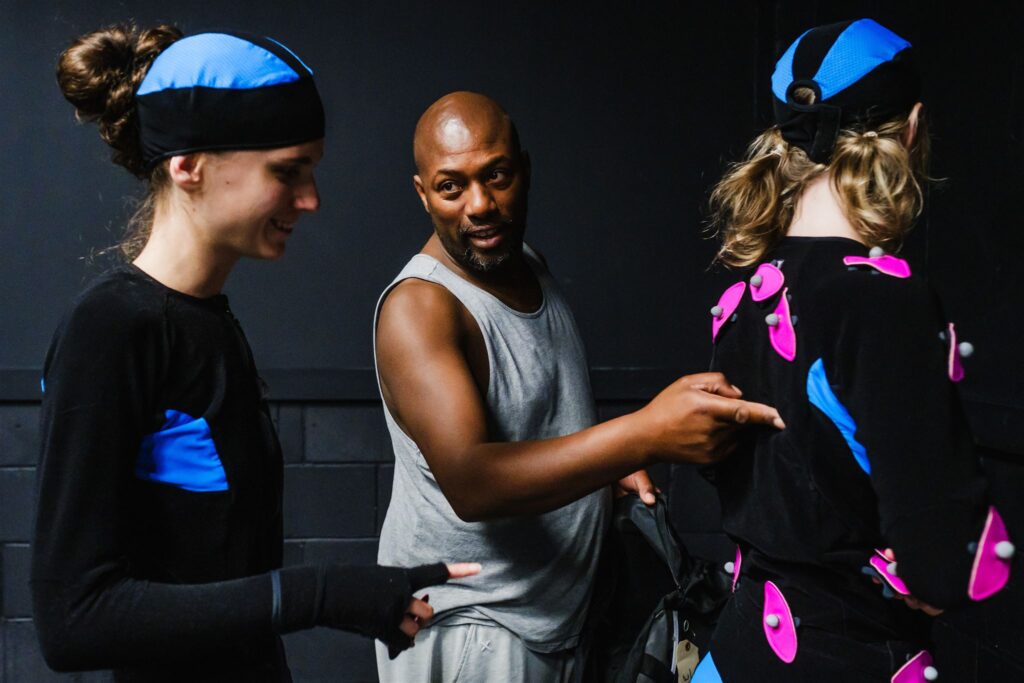
Similarly, in films like Spider-Man: No Way Home, the actors performed all their stunts and movement in mocap suits, and the VFX team added the Iron Man and Spider-Man suits later. This allows for filming more dangerous sequences practically. There are behind-the-scenes videos of Tom Holland doing jumps and flips in an intense bridge scene while wearing the grey mocap suit, and you can also find footage of Robert Downey Jr. just in a basic motion capture outfit performing all of Iron Man’s actions before the VFX got layered on.
In video games, motion capture is utterly vital these days. The player character and all key non-player characters (NPCs) go through extensive mocap shoots to create tremendously varied movesets and interactions. Protagonists might have thousands of potential animations: walking, running, melee attacks, kills, jump sequences, interactions with objects or other characters, and so on.
But it’s not just the main characters. Even expendable enemies like zombies or foot soldiers go through multiple motion capture shoots to create that variation. Different actors will do the ‘walk cycles’ and varying attack patterns so that the enemies behave distinctly. Otherwise, you’d notice a lot of repetitive, robotic movement across them.
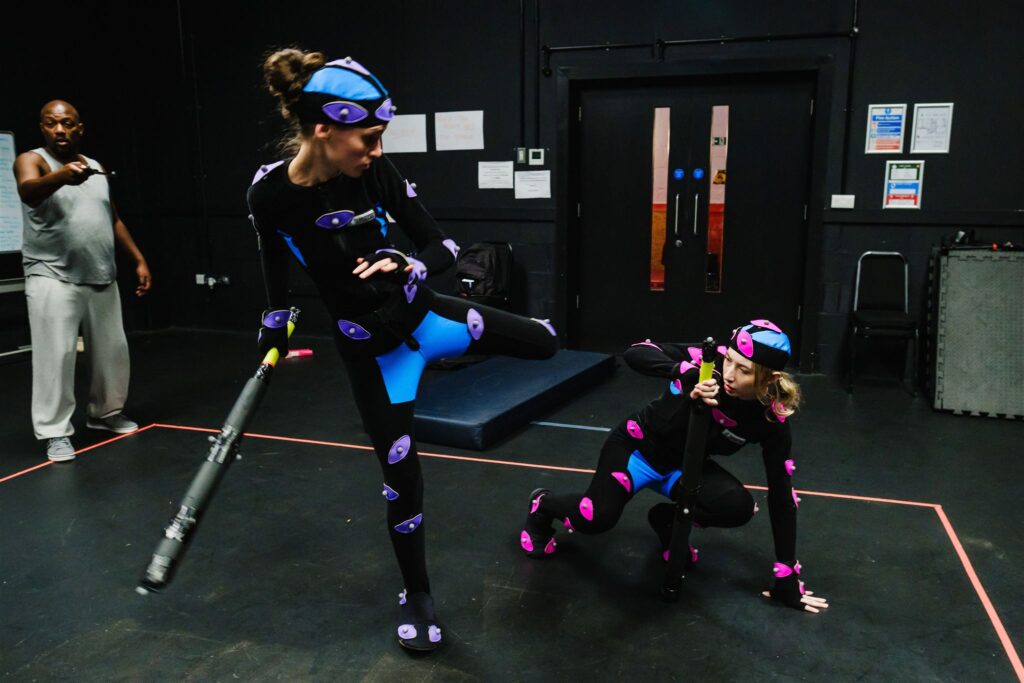
WHY IS MOTION CAPTURE TRAINING IMPORTANT?
As motion capture has become ingrained across the entertainment industry, it’s crucial for any aspiring actor to understand and receive training in this technology and performance style. There are a few key reasons for this:
First of all, it makes actors more versatile and able to take on a wider range of roles and projects. Today, almost every major film or video game production will involve some degree of motion capture work. Having experience with the specialised physicality and techniques required for mocap performance can open up many more job opportunities.
Secondly, the motion capture process forces actors to truly understand their physical instrument: their body language, posture, movements, and how to exaggerate or adapt them for different characters. This spatial awareness is beneficial fortraditional on-camera acting as well. You simply become a more well-rounded, physical performer after motion capture training.
For example, when doing mocap for a hulking character like the Hulk, you can’t just walk normally. The actor needs to exaggerate things like the character’s larger-than-life gait, physicality, breathing patterns, and so on through their own performance. This specialisation in body acting is invaluable.

It makes sense that these motion capture skills would transfer over to live theatre productions as well, given how physical and expressive stage acting needs to be. We’re already seeing live theatre incorporate more multimedia and motion capture elements for really imaginative storytelling. The National Theatre in London put on a production where an actor performed via motion capture offstage, driving a giant digital head and character that was projected onto a screen onstage. The audience experienced this lifelike digital character interacting with the physical performers in real time. But even outside of these specific spheres, the core motion capture skills of understanding your physical instrument, posture and movement quality, as well as developing the ability to translate your performance into something larger than life , is beneficial for any theatrical work.
Motion capture is also a useful tool for training dancers. At ICTheatre we’ll have dance students run through routines in the mocap studio, and the 3D data makes it easy to pinpoint issues with their alignment, posture and following through with movements that they can then work on correcting. It provides that external perspective that’s so useful for refining technique.
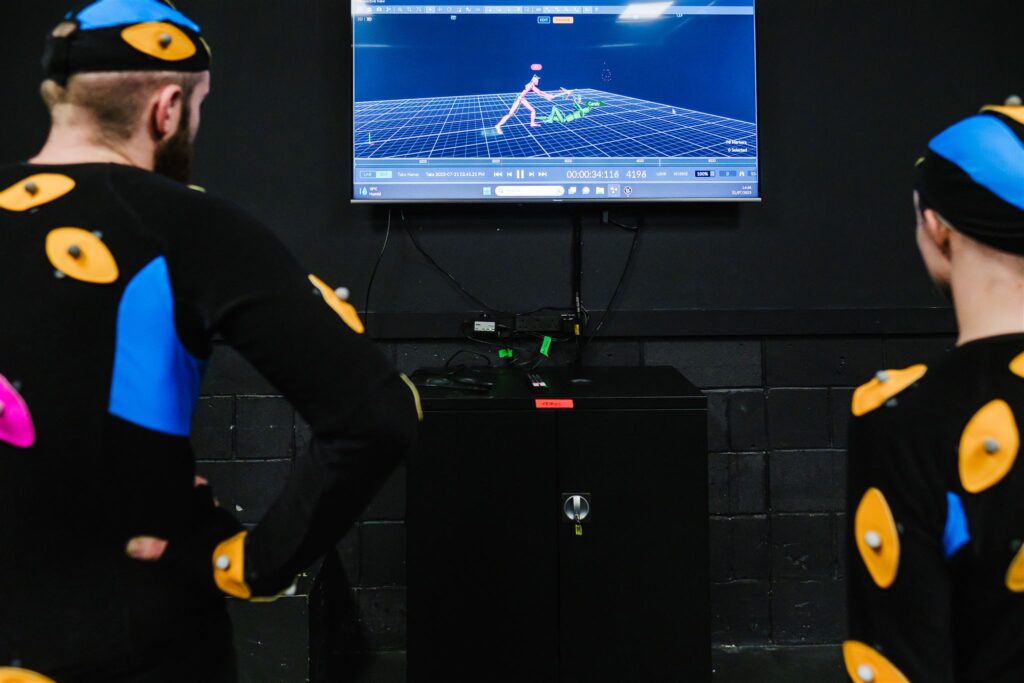
WHICH INDUSTRIES USE MOTION CAPTURE?
As we’ve covered, the major areas where motion capture is widely used are:
- Film/television
- Video games
- Animation
- Emerging theatrical/live performances
So, regardless of which entertainment field an actor wants to pursue – theatre, film, TV shows, video games, voiceover work – motion capture skills could come in handy. Having an understanding of how this technology works, along with specialised motion capture acting skills, will only further enhance your career trajectory and options.
CAN YOU RECOMMEND SOME STAND OUT EXAMPLES OF MOCAP?
For those wanting to see exceptional examples of what motion capture performance can achieve, here are some standout films, games, and productions to check out:
Films:
- The Planet of the Apes trilogy
- Avatar and Avatar: The Way Of The Water
- Alita: Battle Angel
- Any Star Wars film from 2015 onwards
Video Games:
- God of War
- The Last of Us Part I and Part II
- Any major titles from Naughty Dog or Rockstar Games
I also have to give a shoutout to a short film I worked on called Steven and the Wolf where I performed as a ‘goatman’ creature entirely through motion capture. It took four years to make, and I even had to learn how to authentically bleat like a goat! A famous actor then came in to provide the voice for my animated character. I’d love to share some behind-the-scenes photos from that and other mocap sessions I’ve done when I can, as seeing the process can really give you an appreciation for the artistry involved in translating those physical performances into the final polished visuals.
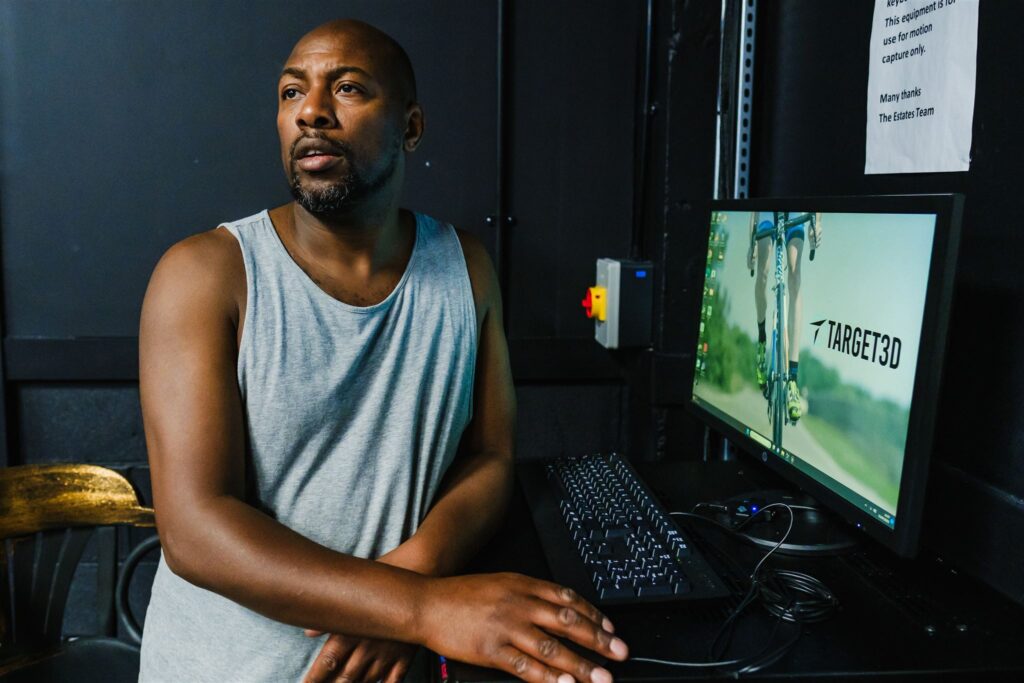
CLOSING THOUGHTS
It seems that motion capture is becoming one of those core foundational skills that virtually any actor today needs exposure to and training in, similar to basic dance, stage combat, Shakespeare… I’d advise any aspiring actor to get their head (and other body parts) around Mo-Cap ASAP!
Photos in the article courtesy of Anja Pohlemann Photo and Film https://www.anjapoehlmann.com
To discover more about joining Institute for Contemporary Theatre, including auditions and how to apply, contact us at [email protected] or book an Open Day on our Events page.
